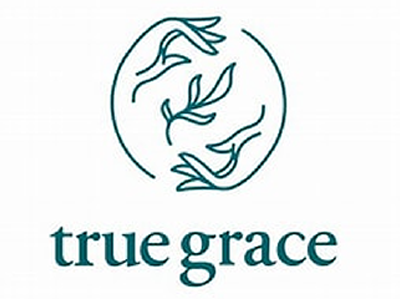Growing. Managing. Achieving.
Let’s partner to understand the unique needs of your commercial business, creating a plan with customized banking solutions to achieve your business goals.

Commercial Account Login
How can we help you and your company today?
Listen to a Real Client Fraud Attempt
Protect Yourself and Your Organization
While this is just one example of a fraud attempt, there are other schemes to watch for. Use caution when answering calls, texts or emails, even if appearing to be from a known name or number such as Johnson Financial Group.
Call back to your Relationship Manager or our team at 888.769.3796 to verify the request.
Commercial Insights

-
 WEALTH INSIGHTS
WEALTH INSIGHTS -
 2024 Annual Report
2024 Annual ReportBuilding to Thrive
-
 COMMERCIAL INSIGHTS
COMMERCIAL INSIGHTSOptimizing Cash Flow Through Payment Solutions
Clients We Partner With









Products and services to fit your needs
Partner with commercial banking relationship managers who are committed to understanding your business and provide solutions aligned with your business goals.
-
Liquidity & Deposit Services
Manage your cash while gaining optimal returns with solutions based on your company's needs.
-
Commercial Loans
Flexible financing options to help make your commercial dreams a reality.
-
Payables Management
Reduce your risk and the costs associated with disbursing funds using tools such as ACH payments and wire transfers.
-
Receivables Management
Improve the funds availability, cash forecasting and audit control for your business.
-
Fraud Prevention
Combine fraud prevention & best practices to protect accounts.
-
Commercial Credit Cards
Choosing the right credit card is easier than ever when you have multiple card options.
-
Find a Location
Our lobbies are available for your walk-in financial needs. Lobbies will be open Monday - Friday and for select offices, Saturday by appointment.
Card 1FIND A LOCATION -
Find an Advisor
No matter your goals, our experienced advisors work closely with you to build the right path to success.
Card 2FIND AN ADVISOR -